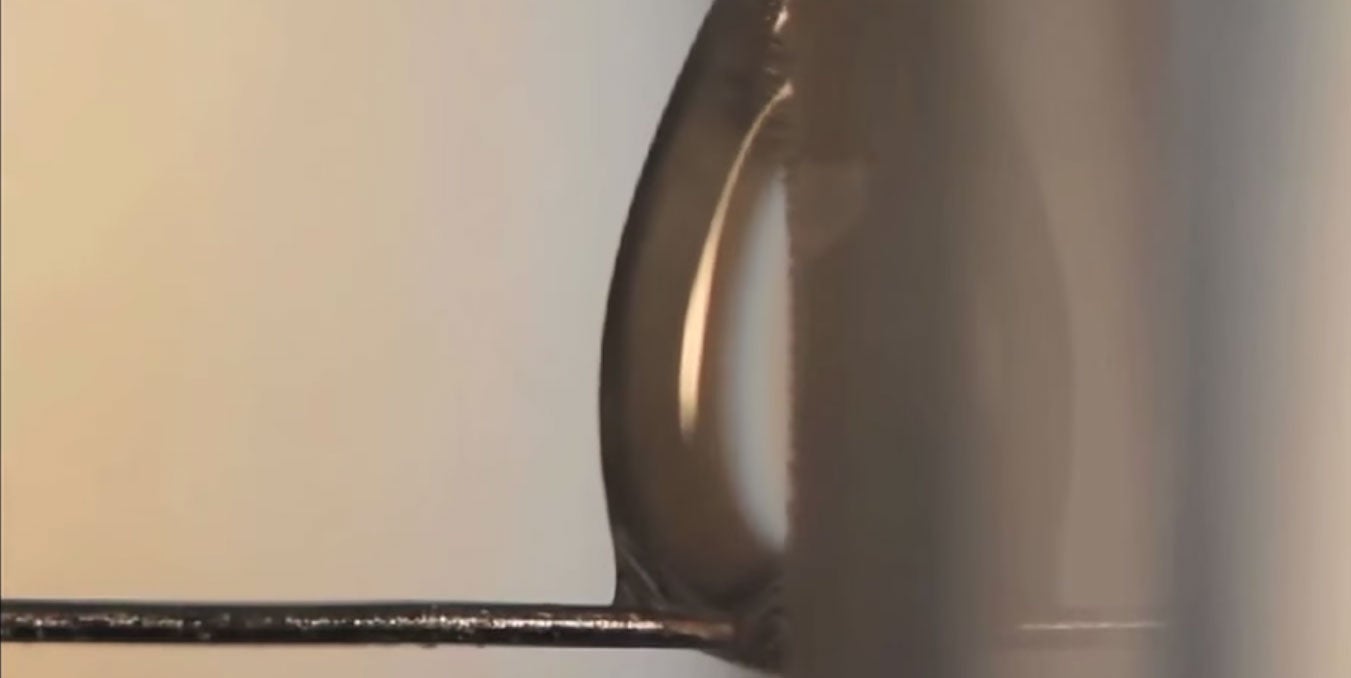‘Magnetic microhairs’ make water run uphill
New material use thousands of nickel microhairs a quarter the size of a human hair to channel fluids in response to magnetic fields

Inspired by small hairs known as cilia that shift back and forth in the human nose to filter out debris and dust, researchers from MIT have created a flexible material that uses thousands of ‘microhairs’ to shed raindrops, even making water flow up vertical walls.
Each of the nickel microhairs is about one-fourth the diameter of a human hair and can be controlled en masse by an external magnetic field.
This allows engineers to control the path that water follows in real time, instantly switching the direction of the hairs and thus the liquid. In fact, the silicone-mounted microhairs can even be used to direct light.
“You could coat this on your car windshield to manipulate rain or sunlight,” graduate student Yangying Zhu said in a press release. “You could filter how much solar radiation you want coming in, and also shed raindrops.”
Zhu and her fellow researchers say that it’s not just water and sunlight that the microhairs can direct, and say that the material could even be used in medical implants to direct the flow of cells through tiny microchannels.
Join our commenting forum
Join thought-provoking conversations, follow other Independent readers and see their replies
Comments